Installing a winch on your Jeep is a must-have upgrade for any off-road enthusiast.
In this guide, we’ll walk you through the step-by-step process of installing a winch on your Jeep, ensuring you’re ready for any adventure.
Tools and Materials Needed for Installing a Winch on Your Jeep
Tools:
Socket Set: For tightening and securing bolts.
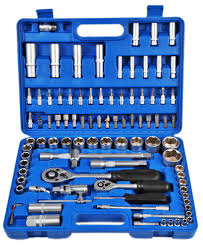
Wrenches: To assist in tightening nuts and bolts.
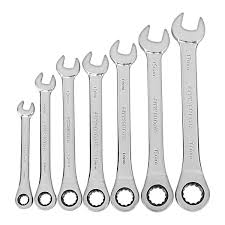
Drill: If you need to create new mounting holes.
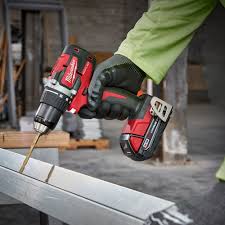
Torque Wrench: To ensure bolts are tightened to the correct specifications.
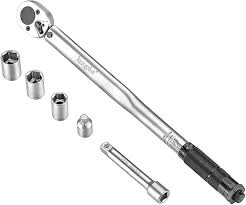
Pry Bar: To help align components or remove old parts if necessary.
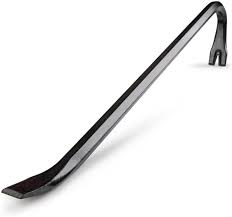
Pliers: Useful for holding nuts in place or bending wires.
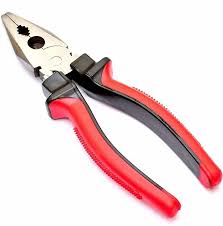
Utility Knife: For cutting zip ties or stripping wires.
Screwdriver: For any screws that need adjusting.
Materials:
Winch Kit: Includes the winch itself and usually comes with basic wiring and a control box.
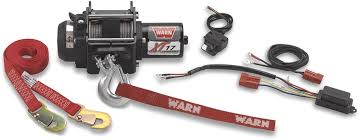
Mounting Plate: May be included with your winch, or you might need to purchase separately.
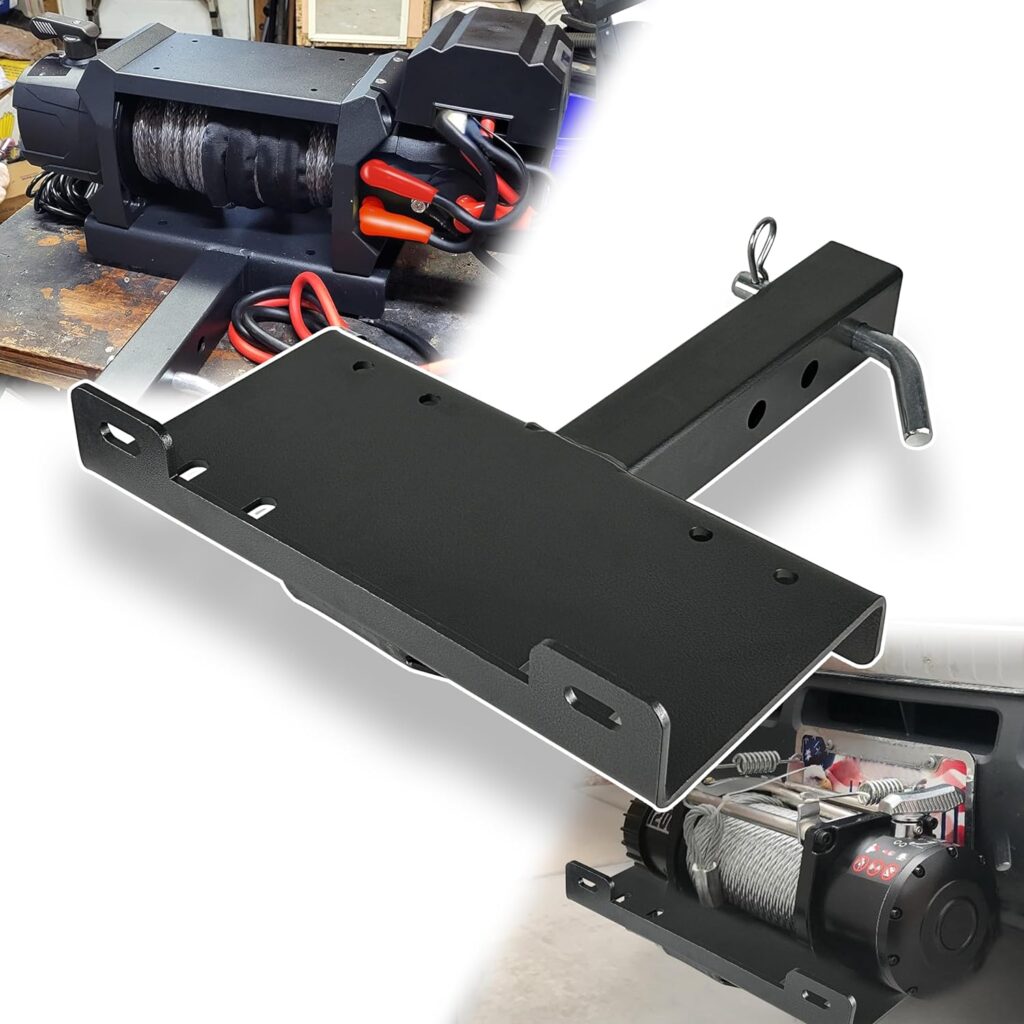
Zip Ties: To secure wiring and prevent it from moving around.
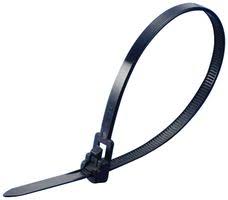
Safety Gear: Gloves, safety glasses, and possibly a helper for heavy lifting and extra safety.
Electrical Wiring: For connecting the winch to your Jeep’s battery.
Bolts and Hardware: Typically included with the winch or mounting plate for secure installation.
Also check: Best jeep winch
Preparing for Installation
Before jumping into the installation, it’s important to prepare properly. Safety should always be your top priority. I always make sure I’m working in a well-lit, stable environment with all the right gear.
Think about where you want to mount the winch. Most people go for the front bumper, but you need to ensure it’s compatible with the winch you’ve chosen.
Before starting, double-check that you have all the components and that everything matches up with your Jeep’s make and model.
Step-by-Step Installation Process for Installing a Winch on Your Jeep
Step 1: Mounting the Winch Plate
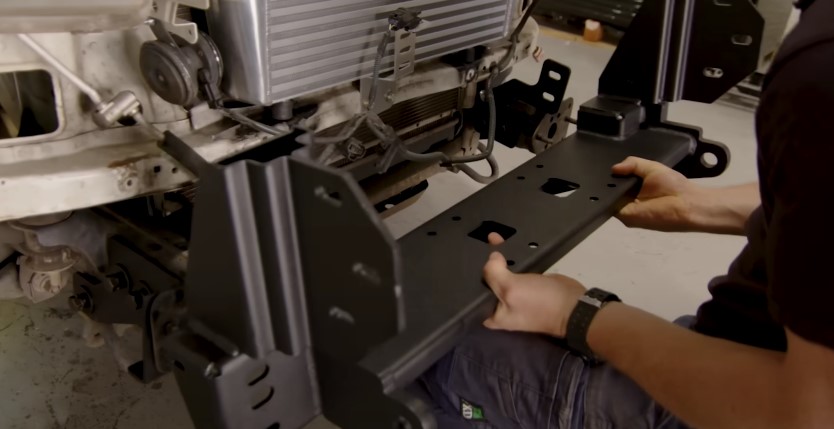
The winch plate is the foundation of your setup, so it’s crucial to install it correctly. This plate attaches directly to your Jeep’s frame or bumper and serves as the anchor for the winch.
When mounting the plate, ensure that it’s aligned properly with the pre-existing holes on your Jeep. If your Jeep’s bumper doesn’t have these holes, you might need to drill them yourself, which requires precision.
Use a torque wrench to tighten the bolts to the manufacturer’s specified torque level. This isn’t just about getting the bolts tight; it’s about ensuring they’re tight enough to hold under stress without damaging the threads.
A securely mounted winch plate will handle the pulling force of the winch, which can be substantial when you’re tugging your Jeep out of a tough spot. Double-check that the plate is level and secure before moving on.
Step 2: Attaching the Winch to the Plate
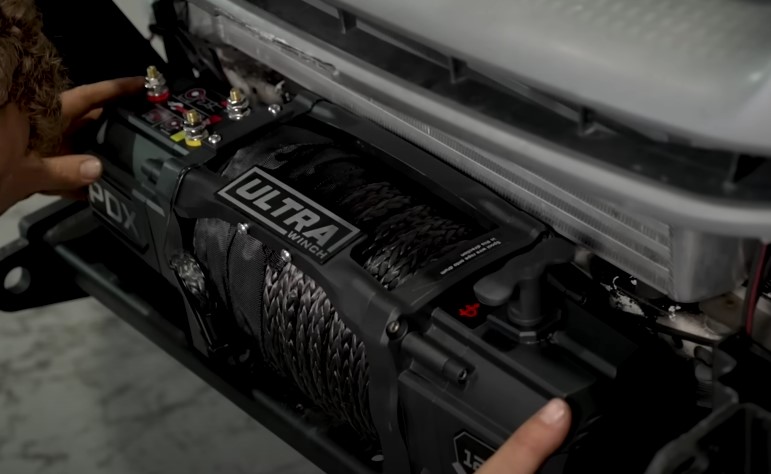
Once the plate is secure, the next step is to attach the winch. This part is straightforward but requires attention to detail. Align the winch with the holes in the mounting plate. These holes are usually pre-drilled to match the winch, so everything should line up.
Insert the bolts through the winch and into the plate, and then tighten them down. Ensure you’re tightening the bolts evenly across the winch to prevent it from tilting or becoming unstable.
An uneven winch can cause problems later on, especially under load. The winch should feel rock-solid once bolted down, with no movement when you give it a push or pull.
Step 3: Wiring the Winch
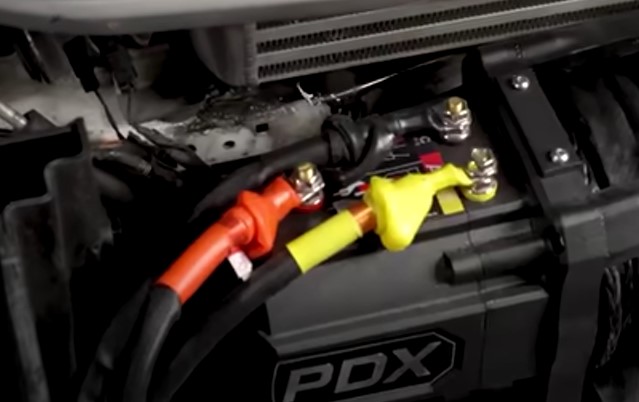
Wiring is often where people get nervous, but it’s manageable with some patience. First, disconnect your Jeep’s battery to prevent any accidental shorts or sparks. This is a safety step you shouldn’t skip.
Run the winch’s power cables from the winch to the battery. These cables are usually color-coded—red for positive, black for negative—making it easier to connect them correctly.
Keep the cables away from any hot or moving parts, like the engine or the fan, and secure them with zip ties if needed.
Attach the cables to the battery terminals—positive to positive, negative to negative. Tighten the connections firmly, as loose connections can lead to electrical issues or reduced winch performance.
After wiring, recheck the cable routing to ensure everything is secure and out of the way.
Step 4: Installing the Control Box
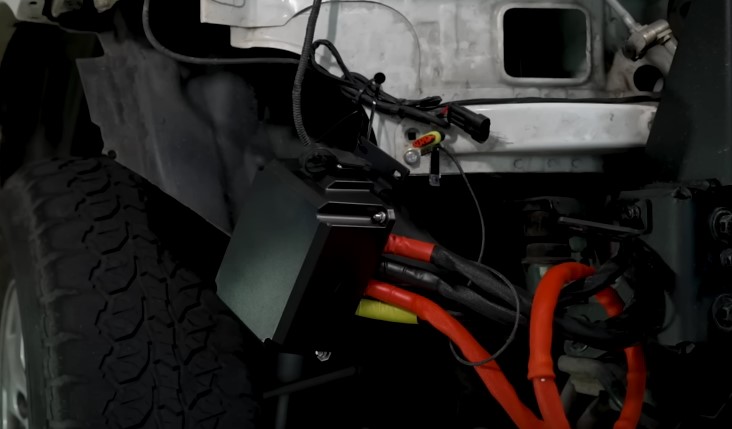
The control box is the nerve center of your winch. It connects the winch to the battery and allows you to control the winch operation.
Typically, the control box is mounted close to the winch on the bumper, but depending on your setup, you might prefer to mount it inside the Jeep for easier access.
Connect the control box to the winch and the battery using the provided wires. These connections are also usually color-coded, so match the colors and secure them.
Once connected, mount the control box securely to avoid it shifting while driving. Use the provided brackets or straps to keep it in place.
Step 5: Testing the Winch
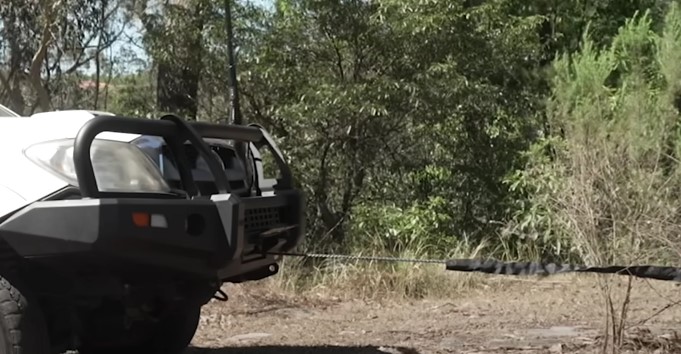
Testing the winch is the final and crucial step. Reconnect the Jeep’s battery and turn on the winch system. Without any load, run the winch cable in and out a few times.
Listen for any unusual sounds, and watch how the cable spools onto the drum. The cable should wind evenly without bunching up.
If the winch operates smoothly, perform a load test. Hook the winch to a solid anchor point and try pulling your Jeep slowly. This test will ensure that the winch is functioning under real conditions.
If everything works as expected, congratulations—you’ve successfully installed your winch!
Post-Installation Tips
Once your winch is installed, it’s crucial to keep it in good condition to ensure it works when you need it most. Here’s how to make sure your winch stays reliable:
Regular Inspections:
After every off-road adventure, take a few minutes to inspect your winch. Look closely at the cable or rope for any frays, kinks, or wear. If you see any damage, replace the cable immediately.
Check the mounting bolts to ensure they’re still tight. Vibration from driving can sometimes loosen them.
Cleaning:
Dirt, mud, and moisture can accumulate on your winch, leading to rust or corrosion over time. After each trip, clean off any debris from the winch and the cable.
Use a mild soap and water solution for the metal parts and let everything dry completely before storing.
Lubrication:
Keep the moving parts of the winch, such as the gears and spool, well-lubricated. This reduces friction and wear, prolonging the life of your winch. Be sure to use a lubricant recommended by the winch manufacturer.
Protective Cover:
When not in use, cover your winch with a weather-resistant cover. This protects it from the elements, especially if your Jeep is often parked outside. A cover prevents dirt, UV rays, and moisture from damaging the winch over time.
Safety Tips for Using the Winch
When it comes to using your winch, safety is non-negotiable. Here’s how to use your winch safely and effectively:
Glove Up:
Always wear heavy-duty gloves when handling the winch cable. This protects your hands from cuts, pinches, and the risk of frayed cables.
Stay Clear of the Line:
Never stand directly in line with the winch cable when it’s under tension. If the cable snaps, it can whip back with tremendous force, potentially causing serious injury.
Use a Winch Dampener:
Place a winch dampener or a heavy blanket over the cable when winching. This helps absorb the energy if the cable breaks, reducing the risk of it snapping back dangerously.
Anchor Points:
Always secure the cable to a stable anchor point. If the anchor isn’t solid, it could give way, leading to a failed recovery or even damage to your Jeep.
Avoid Overheating:
Winches can overheat if used continuously for too long. If you’re working on a tough recovery, give the winch a break every few minutes to cool down. This helps prevent damage to the motor.
Common Mistakes to Avoid
When installing a winch, there are a few pitfalls that can turn your project from a success into a frustrating experience. Here’s what to watch out for:
Improper Winch Plate Installation:
The winch plate is the foundation of your setup. If it’s not securely mounted, the entire system can fail when you need it most.
Make sure the plate is bolted tightly to the Jeep’s frame or bumper, using a torque wrench to reach the correct tightness. Double-check that all bolts are secure and the plate is level before moving on.
Sloppy Wiring:
Incorrect or loose wiring is a common issue that can lead to winch failure. It’s crucial to connect the winch cables properly to the battery and ensure all connections are tight.
Loose connections can cause electrical shorts or reduce the winch’s performance. After wiring, give the cables a tug to confirm they’re secure and won’t come loose while driving.
Skipping the Test Run:
It’s tempting to finish the installation and assume everything is good to go, but skipping a test run is a big mistake. Before heading out on the trail, always test the winch to ensure it operates smoothly.
Run the cable in and out a few times, and check for any unusual noises or uneven spooling. This simple step can prevent issues when you’re in a real recovery situation.
Neglecting Safety Precautions:
Safety should never be an afterthought. Common mistakes include not wearing gloves, standing too close to the cable, or forgetting to use a winch dampener.
Always prioritize safety by following best practices every time you use your winch.
Overloading the Winch:
Using a winch with a capacity that’s too low for your Jeep’s weight is a recipe for disaster. Ensure your winch has a pulling capacity of at least 1.5 times your vehicle’s weight.
Overloading the winch can cause it to overheat or fail, especially during a tough recovery.
Frequently Asked Questions (FAQ)
How long does it take to install a winch on a Jeep?
On average, it takes about 2-4 hours, depending on your experience level and the type of winch.
Do I need a professional to install my winch?
If you’re comfortable with basic tools and following instructions, you can do it yourself. However, if you’re unsure, it’s always a good idea to consult a professional.
What is the best winch brand for Jeep Wranglers?
Some of the top brands include Warn, Smittybilt, and Superwinch. Each has its own strengths, so choose one based on your needs and budget.
Can I install a winch on my stock Jeep bumper?
It depends on the bumper. Some stock bumpers can handle a winch with the right mounting plate, but others may require an aftermarket bumper designed for winch use.
Conclusion
Installing a winch on your Jeep might seem daunting at first, but with the right tools and a bit of patience, it’s totally doable.
Now that you’ve got it installed, you’re ready to tackle even the toughest trails with confidence. Remember to keep up with maintenance and always use your winch safely. Happy off-roading!

